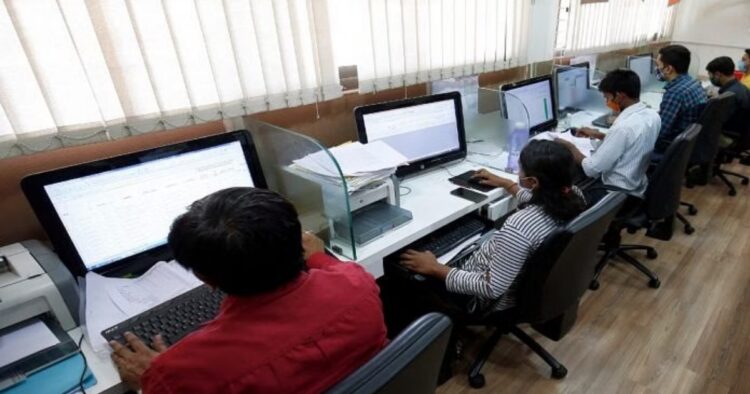India’s working-age population is set to increase until 2040 and remain strong until around 2050, according to a report from the Asian Development Bank (ADB). In contrast, countries like China and Japan are facing a decline in their working-age populations.
Statista data shows that in 2011, over 60% of India’s population was of working age. This number is expected to grow until 2031, peaking at 65.1%, before slightly declining to 64.9% by 2036.
This trend highlights the importance of labor mobility and regional cooperation in maintaining economic growth across Asia and the Pacific. According to the ADB, the region can manage demographic challenges by adopting proactive migration policies and investing in human capital.
For the past 50 years, many Asian countries have thrived by capitalizing on their demographic dividends, investing heavily in infrastructure such as transportation, energy, and telecommunications. However, as these dividends turn into deficits, countries need to shift their focus.
The new strategy should prioritize human capital investment and encourage greater labor mobility across the region to ensure economic stability.
UN data shows that Asia has already passed its peak demographic dividend. The number of working-age individuals is expected to decrease significantly in several countries, emphasizing the need for adaptive policies. To cope with these changes, countries must increase labor force participation, especially among women, and improve access to higher education for talented students from all socioeconomic backgrounds.
A regional approach to migration can help balance workforce deficits and surpluses. Flexible migration policies can take advantage of demographic differences, providing job opportunities for workers from countries with growing populations and filling employment gaps in countries with declining populations. This strategy would also strengthen trade and investment ties, foster innovation, and increase remittance flows.
Currently, many workers from Asia and the Pacific migrate to Gulf states for employment. However, adopting regional strategies similar to those used by the United Arab Emirates could provide more local job opportunities.
Regional cooperation through organizations like ASEAN can support this migration strategy by standardizing licensing and training requirements and establishing skills partnerships between destination and origin countries.
In the past, Asia and the Pacific matched population growth with investments in productivity-enhancing infrastructure. Now, with aging populations, the region must shift its focus to investing in human capital and facilitating cross-border labor mobility to sustain economic growth and stability.
ALSO READ: “2.08% of Rs 2,000 Notes, Worth Rs 7,409 Crore, Still Not Returned: RBI Update”

















Comments